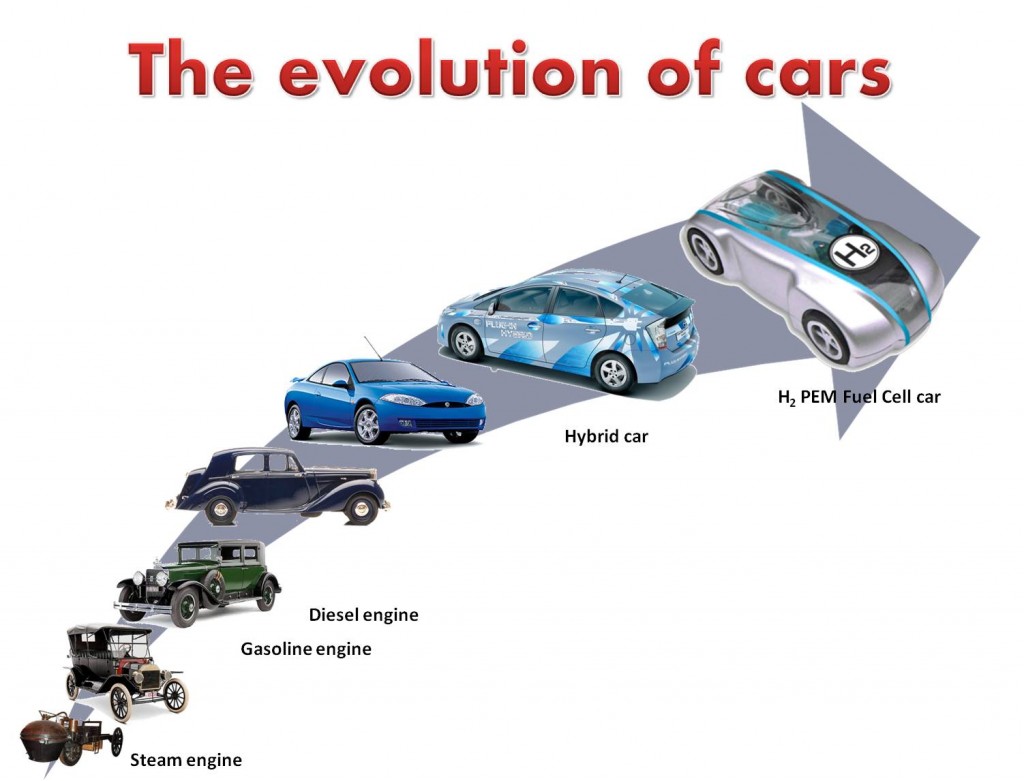The following is section 2.3 of my new book Christianity for Doubters. As the title indicates, much of this book is explicitly theological, but the first two chapters are about intelligent design. In the preface, I wrote “Of course, you do not have to believe anything in chapters 3-6 of this book or anything in the Bible to believe in intelligent design…. In fact, some intelligent design advocates are uncomfortable with a book that combines chapters on intelligent design with explicitly Christian chapters, because it might encourage those who claim that ID proponents do not understand the difference between science and religion. Most of us do understand the difference, we are just interested in both. And so are ID critics.” By the way, chapter 6 in the new book is almost the same as the essay “Is God Really Good?” posted here May 21, 2015.
Used by permission of Wipf and Stock Publishers.
The idea that the “survival of the fittest” could produce all the magnificent species on Earth, and human brains and human consciousness, is so unreasonable—how did such an idea ever become so widely-accepted in the scientific world? There are two reasons.
First, science has been so successful explaining other phenomena in Nature that—understandably—today’s scientist has come to expect that nothing can escape the explanatory power of his science. And Darwinism, as far-fetched as it is, is the best “scientific” theory he can come up with for evolution. As microbiologist Rene Dubos puts it in The Torch of Life “[Darwinism’s] real strength is that however implausible it may appear to its opponents, they do not have a more plausible one to offer in its place.” But we have already seen in section 2.1 why evolution is a very different and much more difficult problem than others solved by science, and why it requires a very different type of explanation.
Second, for most modern minds, the similarities between species not only prove common descent, they prove that evolution was the result of entirely natural causes, even in the absence of any evidence that natural selection can explain the major steps of evolution. The argument is basically, “this doesn’t look like the way God would have created things,” an argument used frequently by Darwin in Origin of Species. But if the history of life does not give the appearance of creation by magic wand, it does look very much like the way we humans create things, through testing and improvements.
In fact, the fossil record does not even support the idea that new organs and new systems of organs arose gradually: new orders, classes and phyla consistently appear suddenly. For example, Harvard paleontologist George Gaylord Simpson writes:
It is a feature of the known fossil record that most taxa appear abruptly. They are not, as a rule, led up to by a sequence of almost imperceptibly changing forerunners such as Darwin believed should be usual in evolution…. This phenomenon becomes more universal and more intense as the hierarchy of categories is ascended. Gaps among known species are sporadic and often small. Gaps among known orders, classes and phyla are systematic and almost always large. These peculiarities of the record pose one of the most important theoretical problems in the whole history of life: Is the sudden appearance of higher categories a phenomenon of evolution or of the record only, due to sampling bias and other inadequacies?
Actually, if we did see the gradual development of new orders, classes and phyla, that would be as difficult to explain using natural selection as their sudden appearance. How could natural selection guide the development of the new organs and entire new systems of interdependent organs which gave rise to new orders, classes and phyla, through their initial useless stages, during which they provide no selective advantage? French biologist Jean Rostand, in A Biologist’s View, wrote:
It does not seem strictly impossible that mutations should have introduced into the animal kingdom the differences which exist between one species and the next… hence it is very tempting to lay also at their door the differences between classes, families and orders, and, in short, the whole of evolution. But it is obvious that such an extrapolation involves the gratuitous attribution to the mutations of the past of a magnitude and power of innovation much greater than is shown by those of today.
Rostand says, nevertheless, “However obscure the causes of evolution appear to me to be, I do not doubt for a moment that they are entirely natural.”
We see this same pattern, of large gaps where major new features appear, in the history of human technology. (And in software development, as discussed in my Mathematical Intelligencer article “A Mathematician’s View of Evolution.”) For example, if some future paleontologist were to unearth two species of Volkswagens, he might find it plausible that one evolved gradually from the other. He might find the lack of gradual transitions between automobile families more problematic, for example, in the transition from mechanical to hydraulic brake systems, or from manual to automatic transmissions, or from steam engines to internal combustion engines. But if he thought about what gradual transitions would look like, he would understand why they didn’t exist: there is no way to transition gradually from a steam engine to an internal combustion engine, for example, without the development of new, but not yet useful, features. He would be even more puzzled by the huge differences between the bicycle and motor vehicle phyla, or between the boat and airplane phyla. But heaven help us when he uncovers motorcycles and hovercraft, the discovery of these “missing links” would be hailed in all our newspapers as final proof that all forms of transportation arose gradually from a common ancestor, without design.
The similarities between the history of life and the history of technology go even deeper. Although the similarities between species in the same branch of the evolutionary “tree” may suggest common descent, similarities (even genetic similarities) also frequently arise independently in distant branches, where they cannot be explained by common descent. For example, in their Nature Encyclopedia of Life Sciences article on carnivorous plants, Wolf-Ekkehard Loennig and Heinz-Albert Becker note that
…carnivory in plants must have arisen several times independently of each other… the pitchers might have arisen seven times separately, adhesive traps at least four times, snap traps two times and suction traps possibly also two times…. The independent origin of complex synorganized structures, which are often anatomically and physiologically very similar to each other, appears to be intrinsically unlikely to many authors so that they have tried to avoid the hypothesis of convergence as far as possible.
“Convergence” suggests common design rather than common descent: the probability of similar designs arising independently through random processes is very small, but a designer could, of course, take a good design and apply it several times in different places, to unrelated species. Convergence is a phenomenon often seen in the development of human technology, for example, Ford automobiles and Boeing jets may simultaneously evolve similar new GPS systems.
So if the history of life looks like the way humans, the only other known intelligent beings in the universe, design things—through careful planning, testing and improvements—why is that an argument against design? Somehow we got the idea that God doesn’t need to get involved in the details, so He should be able to create anything from scratch, using a magic wand. But no matter how intelligent a designer is, he still has to get involved in the details, that’s what design is!

